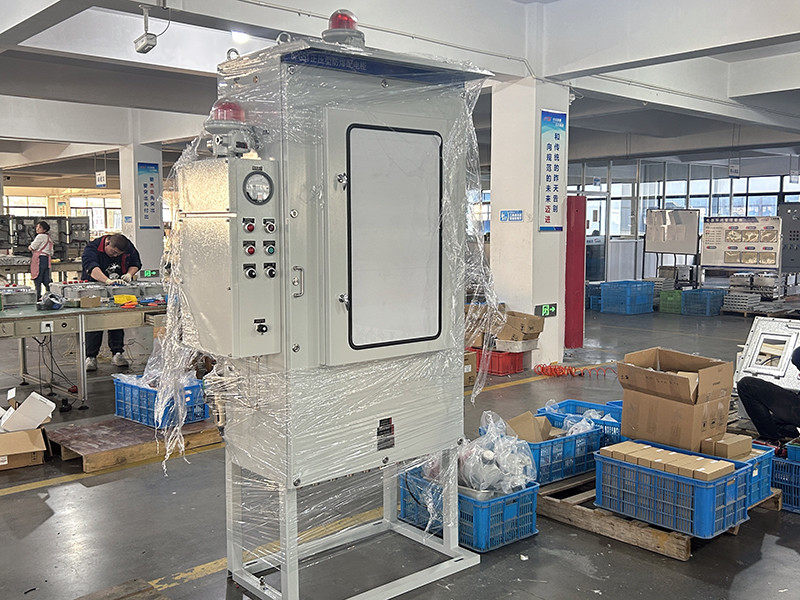Explosion-proof electrical equipment is specifically designed with technical measures in structure and performance to avoid igniting flammable gases or environments, thereby averting explosions.
This equipment is different from conventional industrial and domestic electrical devices. In terms of structure, explosion-proof equipment should feature an appropriate level of protection (IP rating) to safeguard internal electrical components and wiring from external influences and potential damage. Moreover, these devices are equipped with cable interface units for connection to external power sources or electrical appliances, facilitating their intended functions. Overall, explosion-proof electrical equipment must exhibit robust basic electrical and mechanical properties and reliable, specialized explosion-proof safety features. Consequently, in environments prone to explosive gases, such as in the oil, chemical, and coal mining sectors, explosion-proof electrical equipment is essential for safe installation and operation.

Classified into (8+1) types based on the technical approaches and application scopes, these include (8+1) explosion-proof designs: flameproof “d,” increased safety “e,” pressurized “p,” intrinsic safety “i,” oil immersion “o,” powder filling “q,” encapsulation “m,” type “n,” and special protection “s.” Each type is further categorized into three Equipment Protection Levels (EPL) – Level a, Level b, and Level c – based on the reliability of their technical measures. This broad categorization ensures that all electrical equipment used in industrial environments with explosive gases is covered, significantly enhancing safety against ignition-type explosions caused by electrical devices.
In production, emphasis is placed on the explosion-proof structure and its effectiveness in delivering safety performance, along with ensuring compliance with design specifications throughout the manufacturing process.
 Shenhai Explosion-Proof
Shenhai Explosion-Proof
